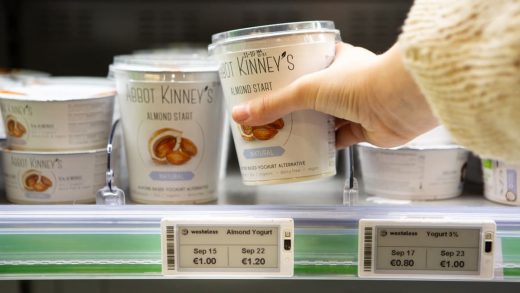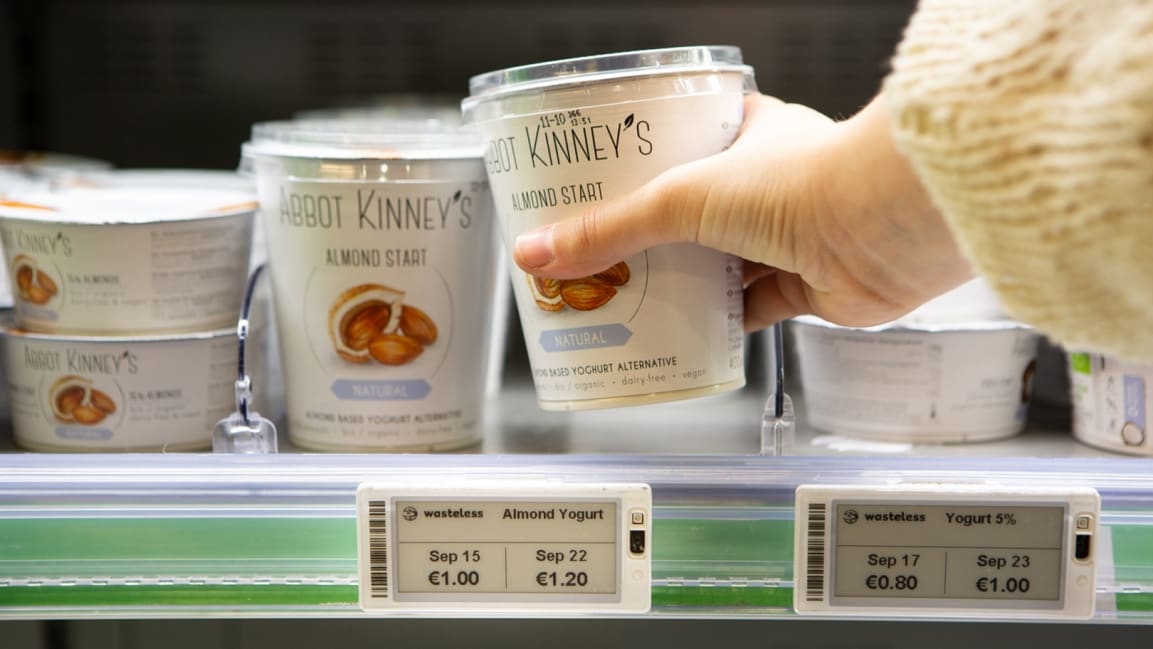These electronic price tags lower the cost of groceries as they get older
The underlying idea isn’t new—many stores have discount sections or shelves that attempt to sell soon-to-expire items. But those sections tend to include only a few items, since it’s hard for stores to manage moving products around, and many shoppers ignore them.
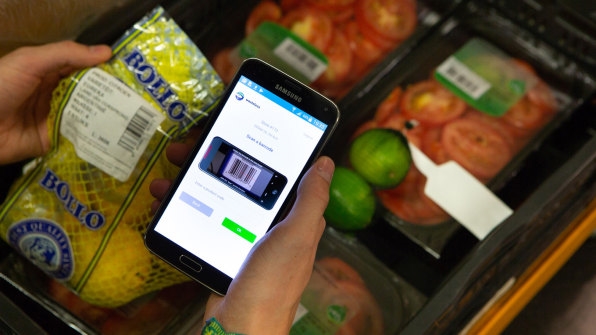
“Any time a product has been removed from its regular section, slapped with a different-colored price tag, or even labeled as being discounted, the product immediately acquires a stigma in the mind of the consumer,” says Oded Omer, founder and CEO of Wasteless. “Certainly, some consumers are happy about discounts and actively shop in the discount sections. But with an expiration date, there is an aura of freshness that carries a weighted impact. Consumers are much happier to hunt out longer expiration dates than they are to buy discounted or relocated fresh groceries. Expiration-date hunting is probably the biggest factor in retail food waste, so this is what we need to address. And it’s not the fault of the consumer—it’s just smart shopping to spend the same amount of money for something that will last much longer. We need to make it smarter to do the opposite, which means making it easy and attractive to purchase those slightly older items.”
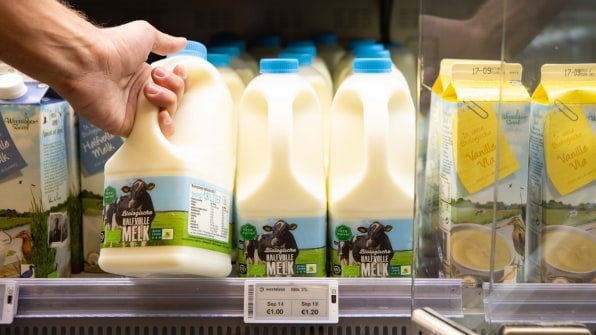
With the new system, products stay prominently positioned in their original location. Yogurt expiring on April 20 might sit directly next to yogurt expiring two weeks later, with the electronic labels automatically reflecting the difference in expiration dates. (Stores can also opt to display prices through an app rather than on shelves.) “Instead of tricky discount percentages, we now have a very transparent offer being made to the shopper—save money by buying slightly older products,” says Omer. “Consumers look at the items on the shelf and see that they are identical to the adjacent items with a longer shelf life. They can then make the calculation for when they plan to actually eat the item they are looking at.”
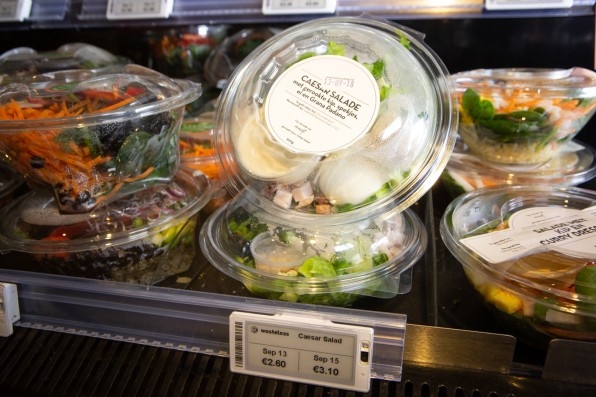
Given the choice, it turns out that many customers are more than willing to save money when they know they’ll be able to eat something quickly. When the Italian store, called Iper, began using the technology in a pilot a year ago, 41% of shoppers chose the item with the shorter shelf life. “Now, consumers can make shopping decisions that reward their sustainable behavior, and there is no stigma that the shopper is sacrificing anything or buying second-rate items,” he says. “The model has been flipped, so the consumer sees a longer shelf life as a premium that can be paid.”
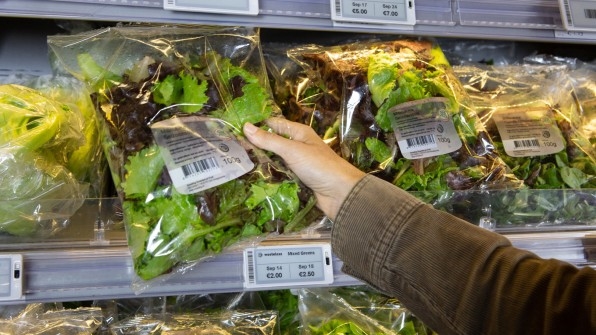
Wasteless believes that as the system expands, it can help stores reduce food waste by as much as 80%. It also helps stores that operate on razor-thin margins make more money, since the algorithm continually optimizes the price based not only on the expiration date, but also on factors such as the time of day and the popularity of a particular food. The startup is now in talks with several chains, with a partnership soon to be announced with a major European wholesaler.
It’s one solution for a major part of the food waste challenge. In the U.S., around 10.5 million tons of food is thrown out at retail stores each year. That’s a problem if it goes to landfills, where rotting food emits potent greenhouse gases, but also a problem in the rest of the food chain, where all of the energy and water that went into growing and transporting that food was wasted.
(17)

